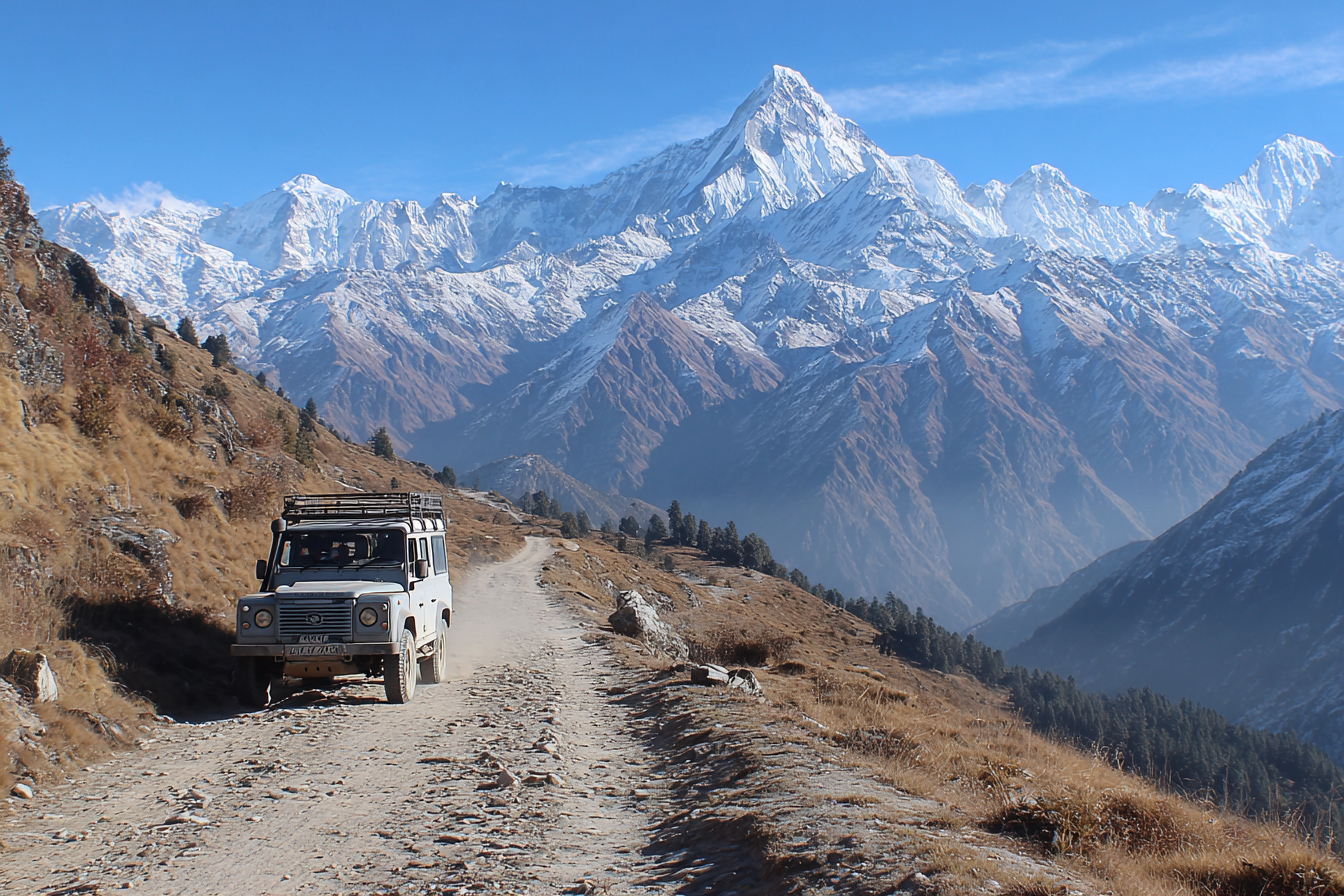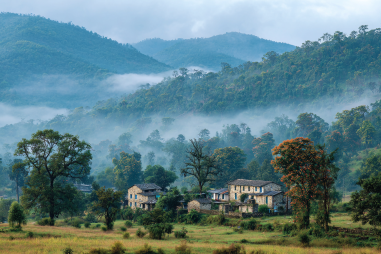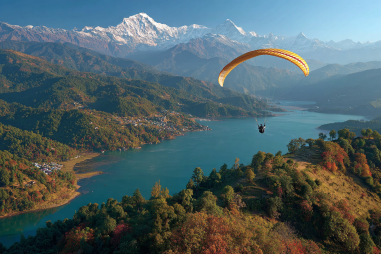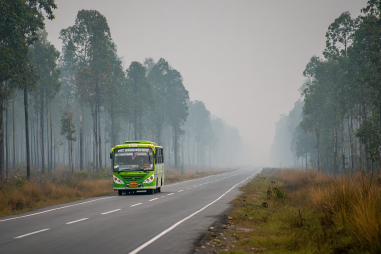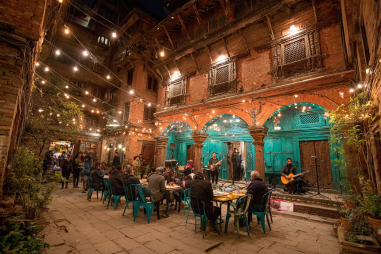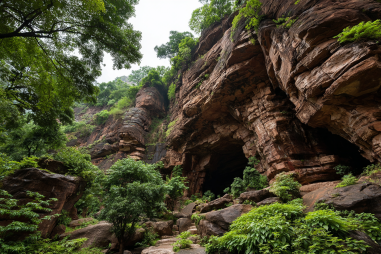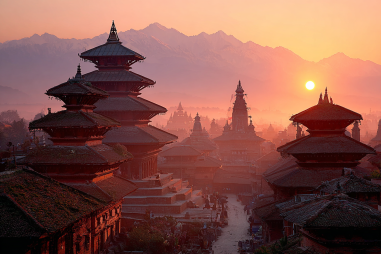Embarking on the Annapurna Base Camp (ABC) trek is a dream adventure for nature lovers and trekkers alike. Before you hit the trails and soak in those breathtaking Himalayan vistas, getting to the trailhead efficiently is key. Annapurna Base Camp isn’t just a single spot you can drive up to; it requires a bit of travel planning and knowledge about transportation options. This guide will walk you through all the ways to reach the starting point, helping you make your journey smooth and enjoyable, from the moment you land in Nepal to the time you lace up your hiking boots at Annapurna Base Camp.
Nearest Airports and Flights
The journey to Annapurna Base Camp typically starts with a flight into Nepal’s primary international gateway, Tribhuvan International Airport (KTM), located in Kathmandu. Kathmandu is well connected with major cities around the world, with daily flights arriving from hubs such as Delhi, Bangkok, Doha, and Dubai. Most international trekkers first arrive in Kathmandu, as there are no commercial international flights directly to the Annapurna region.
After reaching Kathmandu, the next key step is to fly or travel to the nearer regional airports that serve the gateway to the Annapurna trek. The two main airports you might consider for domestic flights are Pokhara Airport and Jomsom Airport:
- Pokhara Airport (PKR): Pokhara is the main hub for Annapurna treks and lies about 200 kilometers west of Kathmandu. Several daily flights operate between Kathmandu and Pokhara, with a flight time of around 25 to 30 minutes, offering stunning aerial views of the mountains. Pokhara is also a lovely city in itself and serves as the most common jump-off point for the ABC trek.
- Jomsom Airport (JMO): Jomsom, in the Mustang region, serves as the starting point for alternate routes in the Annapurna area, such as the Mustang trek. Jomsom is farther north and less commonly used for the classic ABC trek but offers access to parts of the Annapurna circuit. Domestic flights from Pokhara to Jomsom operate regularly but can be weather-dependent.
Bus Routes to Starting Points
If flying isn’t an option or you want to save some money and enjoy a more immersive experience, buses are a popular alternative for getting from Kathmandu to the Annapurna region. Public and tourist buses operate regularly between Kathmandu and Pokhara, with travel times ranging from 6 to 8 hours depending on road and weather conditions.
Once in Pokhara, you can take local buses or jeeps to trailheads like Nayapul or Bhulbhule, both common starting points for the Annapurna Base Camp trek. The bus routes showcase beautiful countryside views, though buses tend to be crowded, so prepare for a lively and authentic Nepalese travel experience.
Jeep and Taxi Options
Private or shared jeeps and taxis provide a faster and more comfortable mode of transport compared to buses, especially for traveling between Pokhara and trekking trailheads. Jeeps run on the rough dirt roads leading towards Nayapul, the most popular ABC trek starting point. They can often get you closer to the trailhead, saving several hours of walking on the road.
Shared jeeps are budget-friendly and a good middle ground between local buses and private taxis. For those wanting privacy and direct transport, hiring a private taxi or jeep is also an option, though it comes at a higher cost. It’s wise to negotiate fares in advance and check the vehicle’s condition, as mountain roads can be demanding.
Typical Travel Time and Costs
Understanding typical travel times and expenses will help in planning your itinerary effectively. Here’s a general breakdown:
- Kathmandu to Pokhara: Flight – 25 to 30 minutes; Cost – $80 to $120 USD one way.
- Kathmandu to Pokhara: Bus – 6 to 8 hours; Cost – $6 to $15 USD depending on type of bus.
- Pokhara to Nayapul (start of trek): Jeep or taxi – 1.5 to 2 hours; Cost – $10 to $20 USD for shared jeeps, $50+ for private taxis.
- Pokhara to Jomsom: Flight – 20 minutes; Cost – $50 to $100 USD.
Keep in mind these costs fluctuate seasonally and can vary depending on directness of travel, vehicle quality, and negotiation skills.
Road Conditions and Travel Tips
Road conditions in Nepal, especially in mountain regions, can be unpredictable. The route from Pokhara to the trailhead is mostly unpaved with some narrow sections that become muddy and slippery during the monsoon season (June to September). During winter, icy conditions can also slow travel.
Here are some important travel tips for this portion of your journey:
- Check weather forecasts and avoid travel during heavy rain or storms to reduce risk of landslides or road closures.
- Travel early in the day to avoid limited visibility and rougher road conditions in the afternoon.
- Wear comfortable shoes or boots as road hopping often requires short walks or transfers between vehicles.
- Always carry some snacks, water, and cash as facilities along the route are limited.
- Keep your luggage light and well packed to withstand bumpy rides.
Transfers and Connections
Seamless connections between flights, buses, and local transportation greatly enhance your trek experience. Most travelers will arrive into Kathmandu, spend a night or two to acclimatize or explore, and then take a flight or bus to Pokhara.
From Pokhara, arranging onward transfers to Nayapul or other trailheads is straightforward. Many guesthouses in Pokhara will help arrange jeep rides or taxi pickups, and you can book these services at travel agencies or your hotel. Shared jeeps tend to depart when full, so some flexibility in timing is necessary.
On the return leg, it’s wise to buffer extra time for travel connections, especially if you’re catching flights, as mountain weather can cause delays or cancellations. Booking flexible tickets or staying an extra night in Pokhara before your international flight is a safe bet.
Packing and Luggage Considerations During Transit
Considering the multiple transfers and sometimes bumpy roads, packing smart for your trek transport is essential. Here are key tips:
- Use durable, water-resistant bags: Weather can change quickly, and your luggage may be exposed to rain or dust.
- Pack essentials in a daypack: Keep items like water, snacks, identification, cash, and any medications easily accessible.
- Minimize heavy luggage: Many transportation options have luggage limits, and you’ll be carrying your gear during the trek.
- Label your bags clearly: Prevent luggage mix-ups, especially on shared transports.
Local Transportation Alternatives
For those who want a more adventurous or flexible route, local transportation alternatives provide interesting options:
- Motorbike Rentals: Available in Pokhara for experienced riders, motorbikes allow independent travel to trailheads under your own schedule.
- Electric Rickshaws and Microbuses: Within Pokhara town and surrounding villages, these are convenient for short trips and transfers.
- Walking to Trailheads: Some trekkers choose to start the trek directly from Pokhara by walking towards Nayapul and surrounding villages, combining transportation with the hiking experience.
Planning Your Arrival and Departure
Getting to Annapurna Base Camp is a crucial part of the trekking adventure that sets the tone for your experience. Effective planning helps minimize stress and maximize enjoyment. Aim to arrive in Kathmandu at least a day or two before heading towards the Annapurna region to acclimatize and sort out permits and gear.
Choosing between flights and land transport depends on your budget, time, and adventure appetite. Always keep flexibility in your schedule to account for unpredictable weather and road conditions in the Himalayas.
Once you’ve reached the trailhead, the stunning landscapes and vibrant village life await to reward your journey. By knowing your transportation options well, you’ll start your Annapurna Base Camp trek with confidence and comfort.

